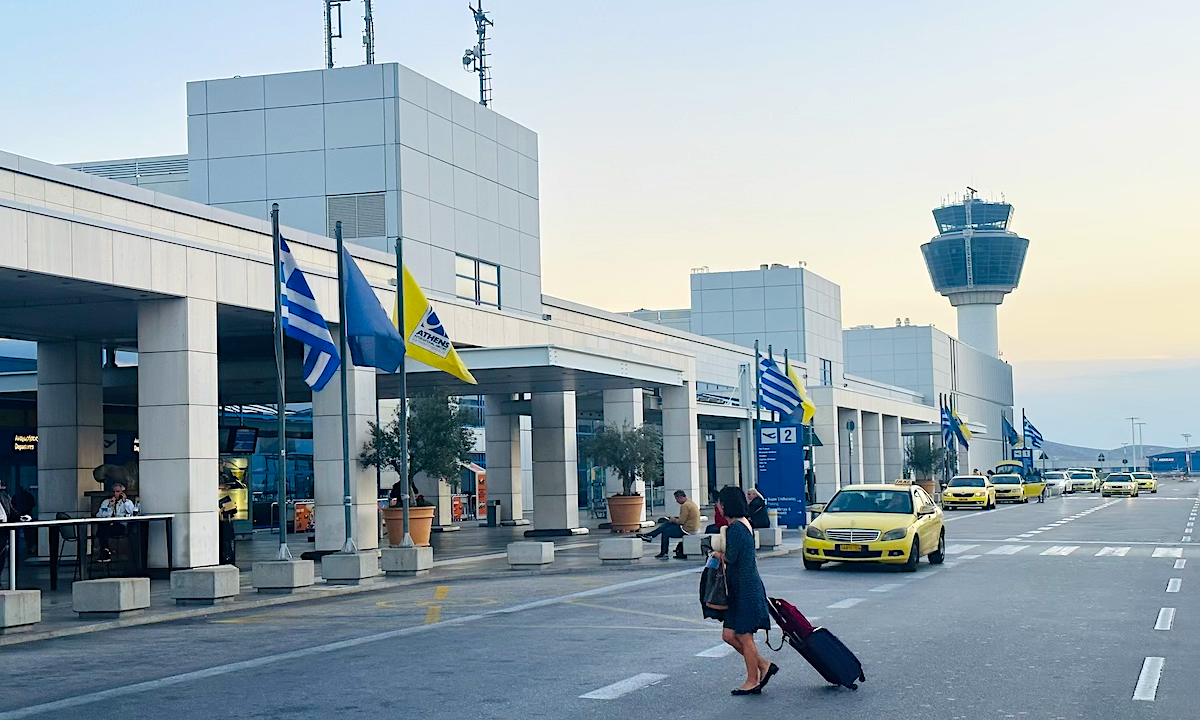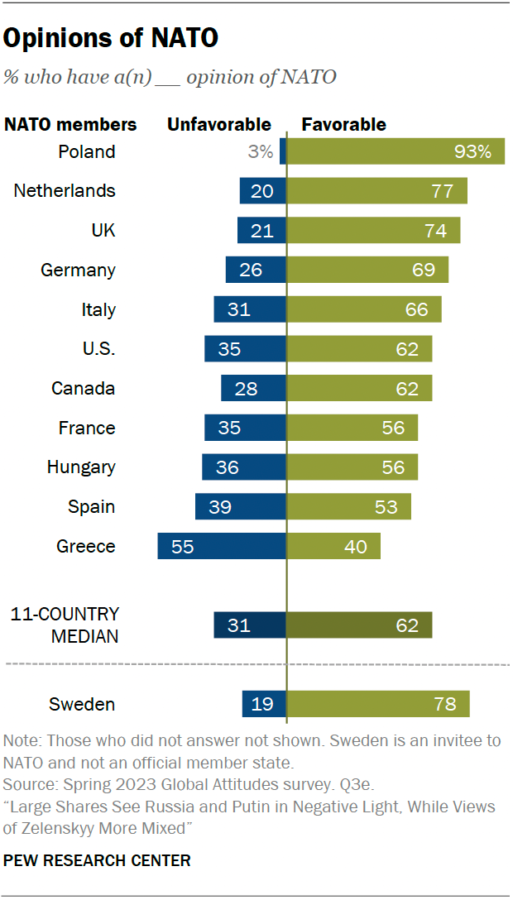
Passenger traffic at the Athens International Airport (AIA) rose 20.1 percent in March 2024, compared to March 2023, with passengers reaching 2 million.
According to the Athens International Airport statistics, domestic and international passenger traffic exceeded 2023 levels by 12.6 percent and 23.5 percent, respectively.
Overall, during the first three months of the year, the airport’s traffic reached 5.2 million passengers, marking an increase of 16.5 percent. Both domestic and international passenger traffic showed an increase of 10.3 percent and 19.4 percent respectively.
The number of flights at the Athens International Airport (AIA) rose 12.8 percent to 46,334 during the first three months of 2024 compared to the corresponding period in 2023. Both domestic and international flights increased by 6.5 percent and 17.5 percent compared to 2023.
In February Greece completed the privatization of AIA, selling its 30 percent stake. Greek National Economy and Finance Minister Kostis Hatzidakis, in addressing a ceremony for the listing of AIA on the main market, said it was a huge success both for the company and the Athens Stock Exchange and a historic moment for the country’s course.
Athens International Airport traffic points to new tourism record
The significant rise in passenger traffic at AIA is another indication that tourism in Greece will break a new record in 2024.
The current trajectory of airline reservations, encompassing both sold tickets and seats allocated by airlines for the upcoming season, indicates a potential tourism surge of up to 10 percent in 2024 compared to the remarkable highs achieved in 2023.
“Greece is heading for the highest performance of all time,” in 2024, TUI tourism group’s Head of Communications, Aage Dünhaupt, told the Athens-Macedonian News Agency (AMNA) recently.
He pointed out that Crete, Rhodes, and Kos remain top destinations for the customers of the company, which, this year, is beginning the summer season in Greece earlier than in any previous year.
Asked about the Germans’ vacation plans amid a fiscal crisis and economic recession in their country, Dünhaupt replied that there was no reluctance or unwillingness. “On the contrary,” he explained, “pre-bookings for the summer of 2024 are above the levels of 2019 (pre-pandemic),” and he predicted “a good summer in 2024 in the Mediterranean and especially in Greece.”
Greece reaches out to new tourism markets in 2024
Reaching out to new segments of the tourism market such as LGBTQ+, Generation Ζ, and Digital Nomads is a top priority for the Greek Tourism Ministry through the diversification of products on offer, said Tourism Minister Olga Kefalogianni last week.
Outlining the ministry’s tourism marketing and promotional strategy for 2024, Kefalogianni said it would include an aggressive marketing policy aimed at promoting differentiated, multi-thematic tourism products to traditional source markets and emerging target markets.
In this direction, Kefalogianni said the ministry would be promoting gastronomy and wine tourism, cultural tourism, city breaks beyond Athens and Thessaloniki, mountain and winter tourism, sports tourism, health and wellness, luxury tourism, diving and marine tourism, wedding tourism, conference and incentive travel, and LGBTQ+ tourism.
Related: Athens Airport the Best in Europe According to User Ratings

























